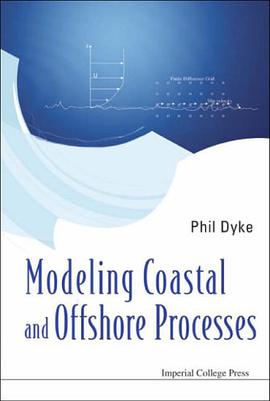

In the crab spider, Misumena vatia, Douglass H. Morse and his colleagues found an ideal species on which to test basic questions associated with lifetime fitness. From the moment a female crab spider selects a flower on which to sit and wait for her prey, there unfolds a cascade of lifetime fitness variables that determine her evolutionary success. Did she choose a flower that attracts suitable prey? Will she encounter a competitor or predator? Will she survive long enough to breed, and will her offspring contribute to the gene pool? Ecologists had previously identified variables that shape populations, but lacked the experimental data needed to make comprehensive tests of individuals that made different foraging decisions. Morse found that Misumena is particularly well suited to both field study and laboratory experiments. Over the last 25 years, his simple yet elegant experiments have contributed to our understanding of lifetime fitness and helped to develop study techniques that can be applied to animals with other, more complex, life histories. "Predator upon a Flower" recounts these influential discoveries in a gracefully crafted narrative that moves ever outward from individuals to communities to ecosystems, and concludes by suggesting directions for future research in spider biology.
具體描述
讀後感
評分
評分
評分
評分
用戶評價
相關圖書
本站所有內容均為互聯網搜索引擎提供的公開搜索信息,本站不存儲任何數據與內容,任何內容與數據均與本站無關,如有需要請聯繫相關搜索引擎包括但不限於百度,google,bing,sogou 等
© 2025 qciss.net All Rights Reserved. 小哈圖書下載中心 版权所有




















